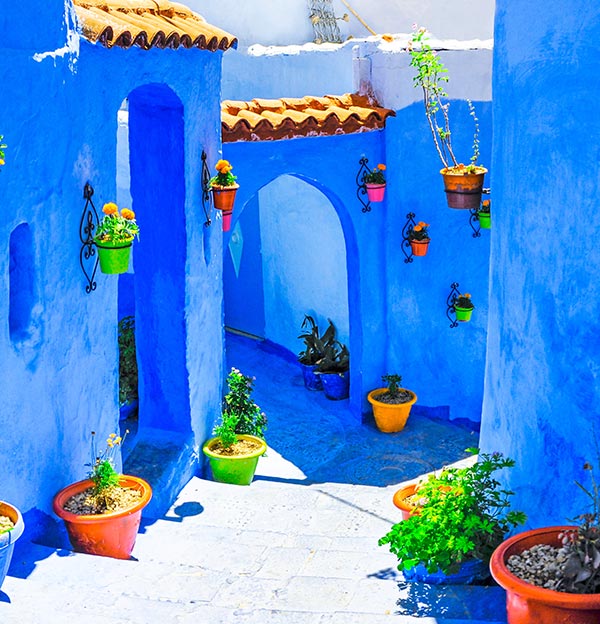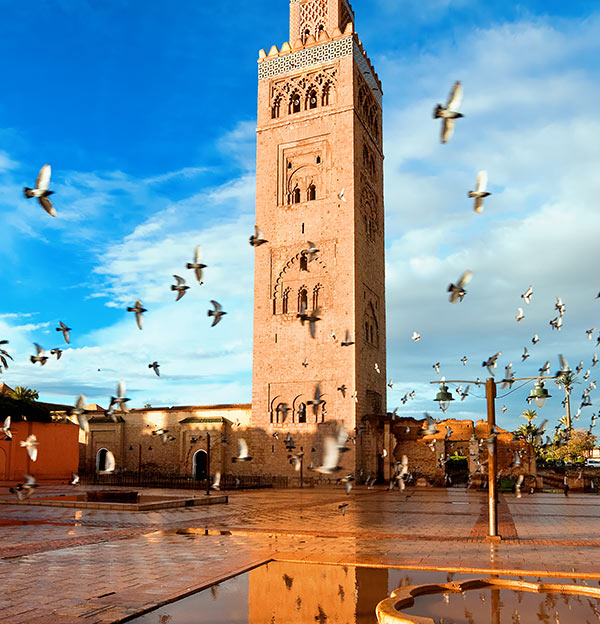Chamba Town
The town of Chamba, the district headquarter of Chamba district is situated in the western Himalayas between north latitudes 32°10′ and 33°13′ and east longitudes 75°45′ and 77°33′. It bounded on the north-west and west by Jammu and Kashmir; on the north-east and east by Ladakh area of Jammu and Kashmir and Bara Bangahal areas of Himachal Pradesh and Gurudaspur district of Punjab. The town stands on a plateau on the right bank of the Ravi river valley between Dhauladhar and Zanskar ranges south of the inner Himalayas.
This town was founded by Raja Sahil Varman when he conquered the lower Rani valley from the petty chiefs called Ranas and Thakurs in the beginning of 10th Century. It seems the original name of the town was Champa as mentioned in Kalhan’s Rajtarangani. In the bansauli or genealogical rolls of the Chamba Rajas a reference occurs of place which was adorned with highly fragrant Champaka trees and guarded by Goddess Champavati or more popularly known as Chameshni. The temple was built by Sahil Varman in the honour of his daughter Champavati who is worshipped as a goddess in Chamba. Champavati temple became the family temple of the ruling family.
General Information
Area : 6528 sq. km
Population : 4.60 lakh
Season
The best tourist season to visit Chamba is round about April to November months. In this month’s peoples are enjoying festival, trekking for religious places, adventure sports(Mountaineering, Trekking, Boating & Rafting), Wild Life watching, Educational Tour (Botany study, Environmental Study, Fine Arts(Painting) Study) , Manimahesah (Kailesh Darshan) yaatra, and also visit different temples nearby Chamba town.Adventure tourists may like to undertake winter trekking from November to March when the higher reaches of the district are snow clad and access to most of the villages is on foot.
Climate
The climate of Chamba in general is tempreate with well defined seasons. However, there may be variations because of micro-climatic systems depending upon altitude and mountain aspect. The winters last from December to February. March and April generally remain cool and dry but snowfall does occur at higher elevations during these months. The temperature begins to rise rapidly from the middle of April till last week of June or first week of July when monsoon breaks-in. Monsoon continues till the end of August or mid September. During the monsoon, the weather remains misty, humid and cloudy. October and November are comparatively dry but cold. The maximum temperature in Chamba town in summers is 38°C and the minimum in winter is 0°C.
Approach
Chamba is approximately 52 kms from Dalhousie. The distance is reduced by 6 kms. via Upper Barkota and Khajjiar road. Bus and taxi service is available from Chamba to Pathankot, Delhi, Dharamsala, Shimla, Chandigarh, Jammu and most of the Punjab cities along the national highway.
Chamba Local Streets or Mohalla Name & distance
| Places to visit | Km | PHOTO |
| Akhand Chandi Palace | 01 | |
| Bhuri Singh Museum | 00 | |
| Bharmour | 65 | |
| Champavati temple | 00 | |
| Chamunda Devi Temple | 03 | |
| Chaugan | 00 | |
| Dalhousie | 45 | |
| Hari Rai Temple | 00 | |
| Kilar (Pangi Valley HQ) | 173 | |
| Laxmi Narayan Temple | 00 | |
| Manimahesh Lake | 92 | |
| Rang Mahal | 01 | |
| Saho | 20 | |
| Sui Mata Temple | 02 | |
| Vajreshwari temple | 01 | |
| Chhatrari | 45 | |















